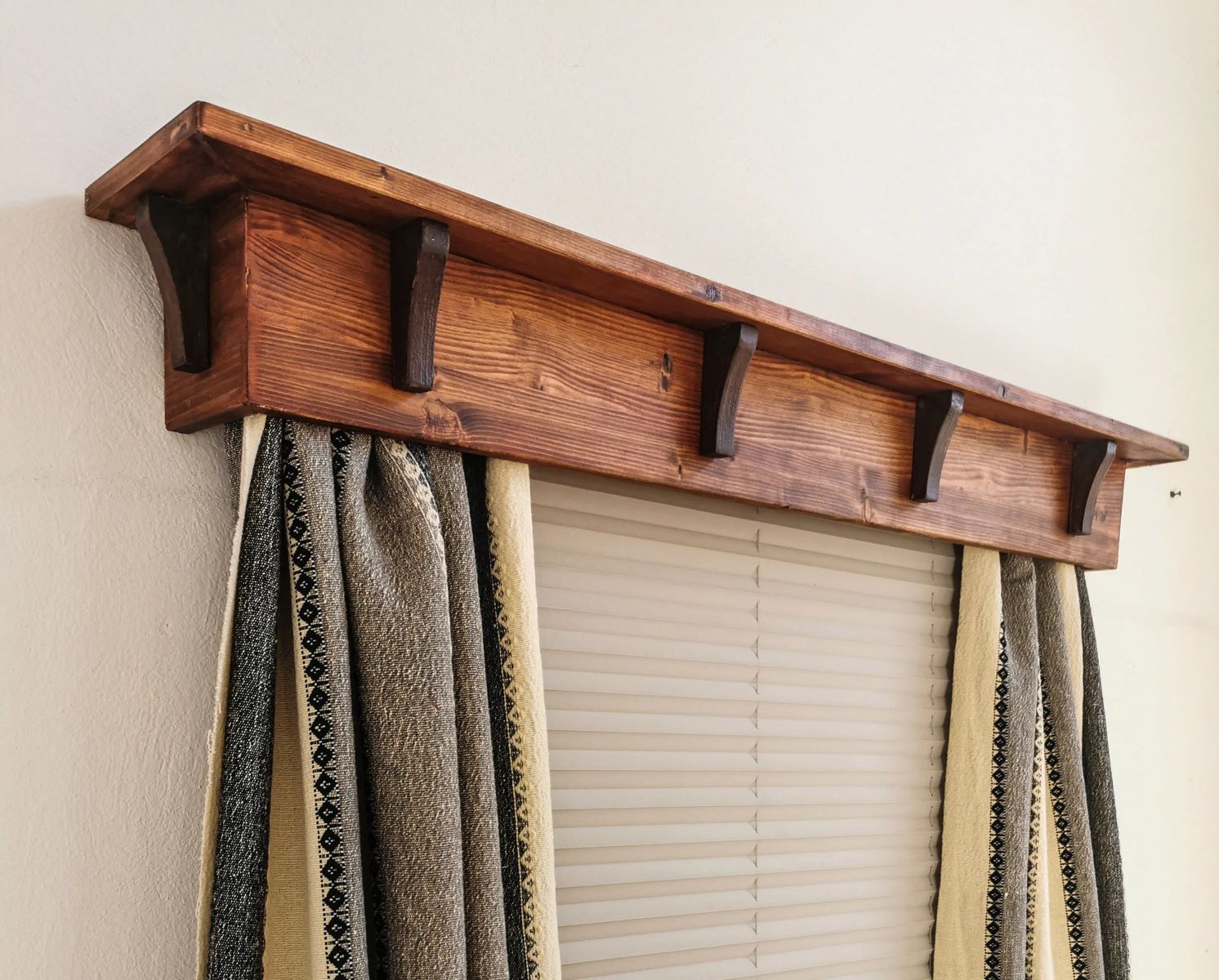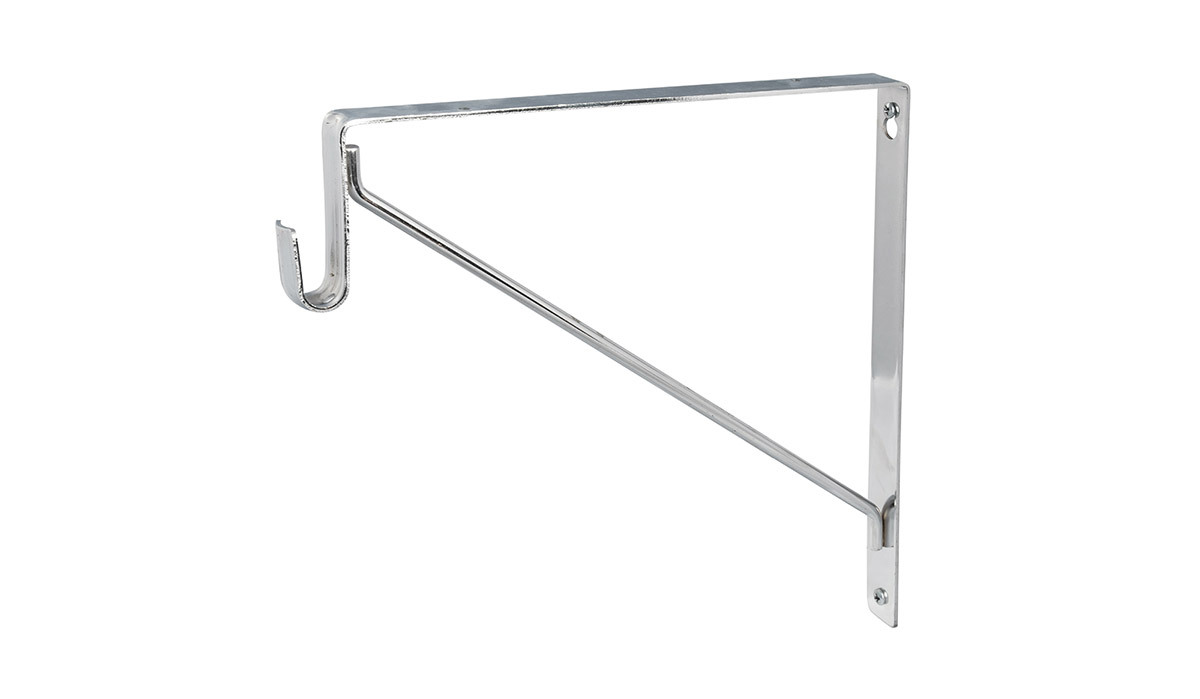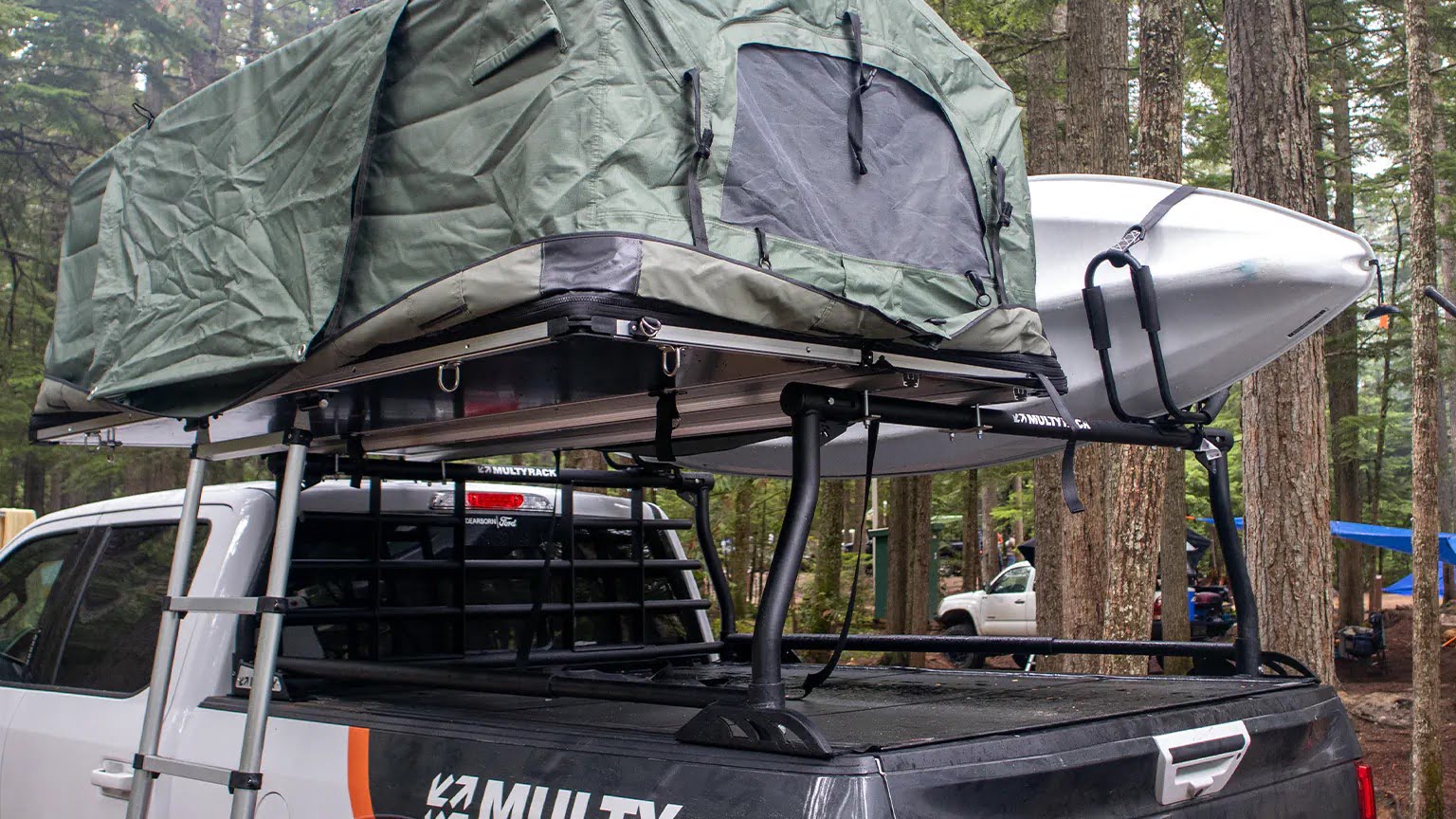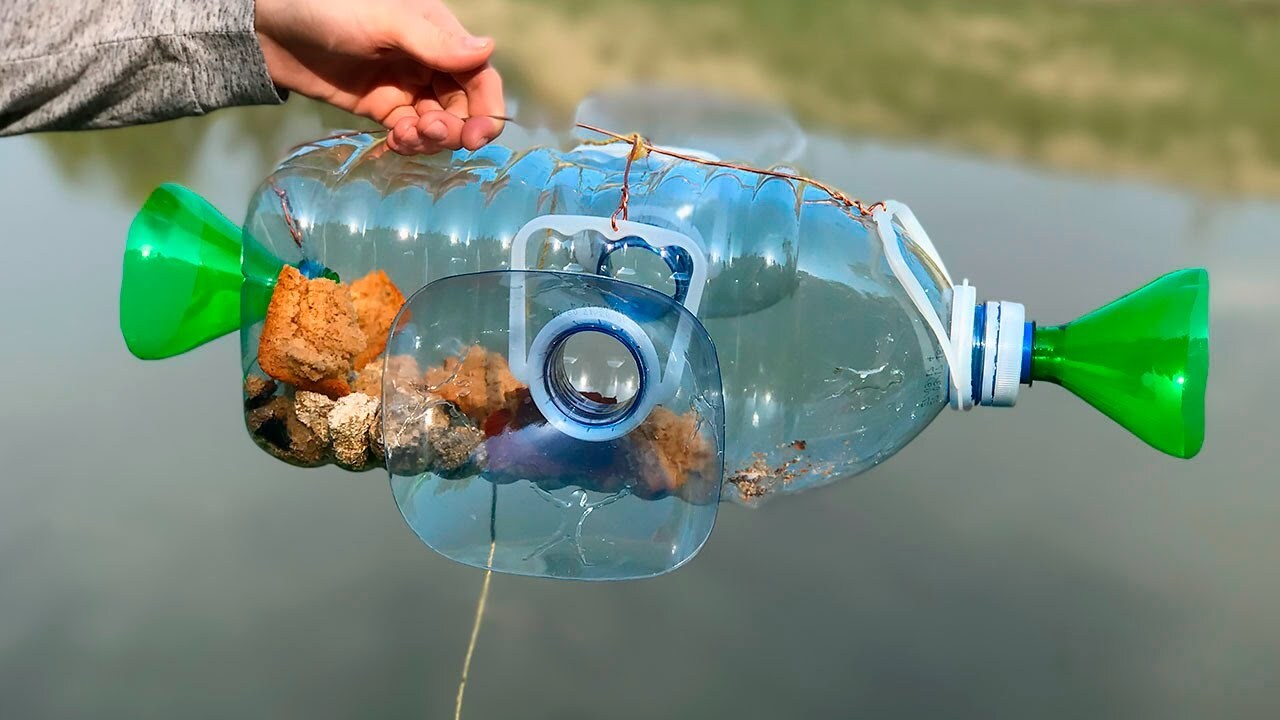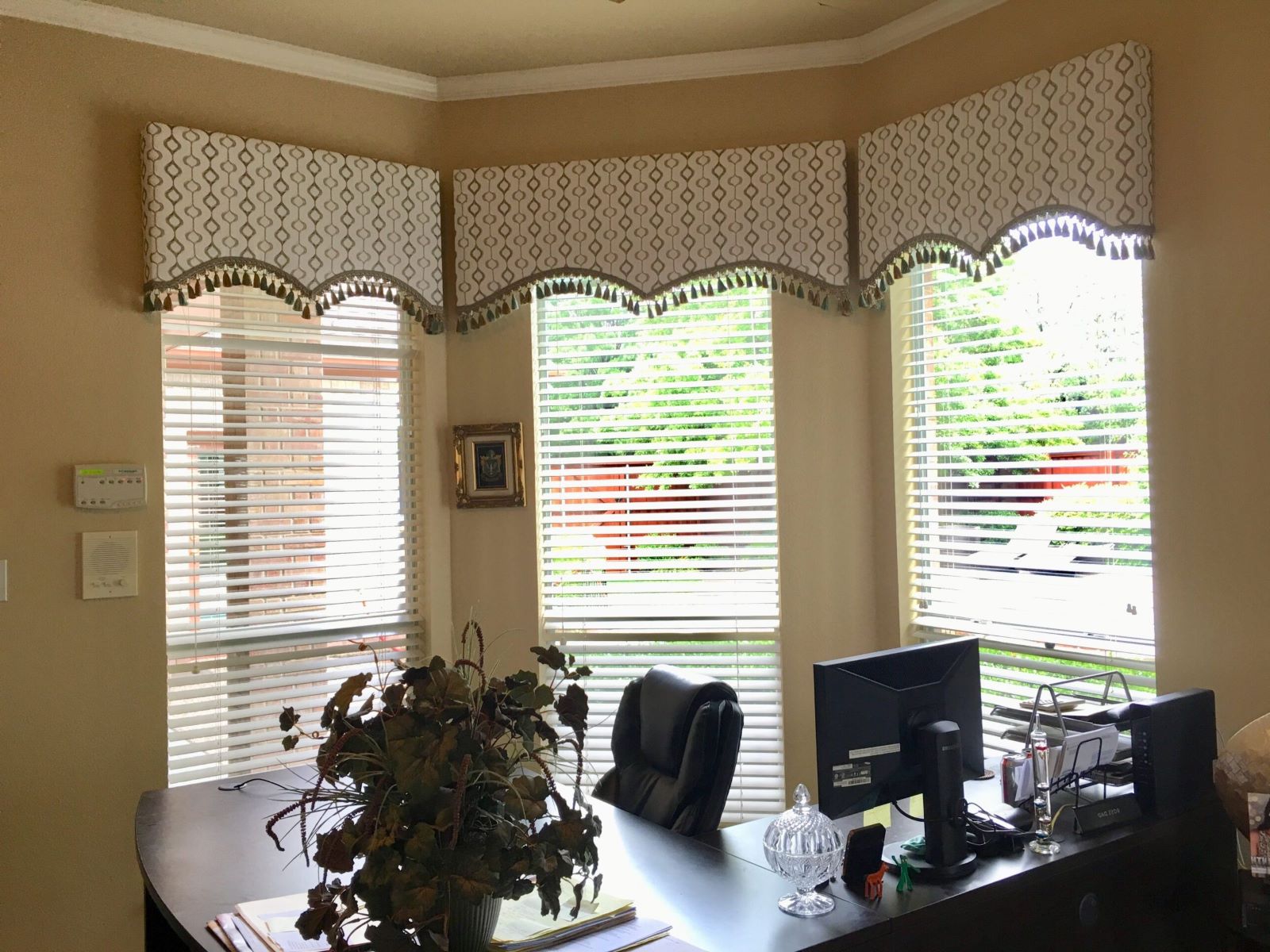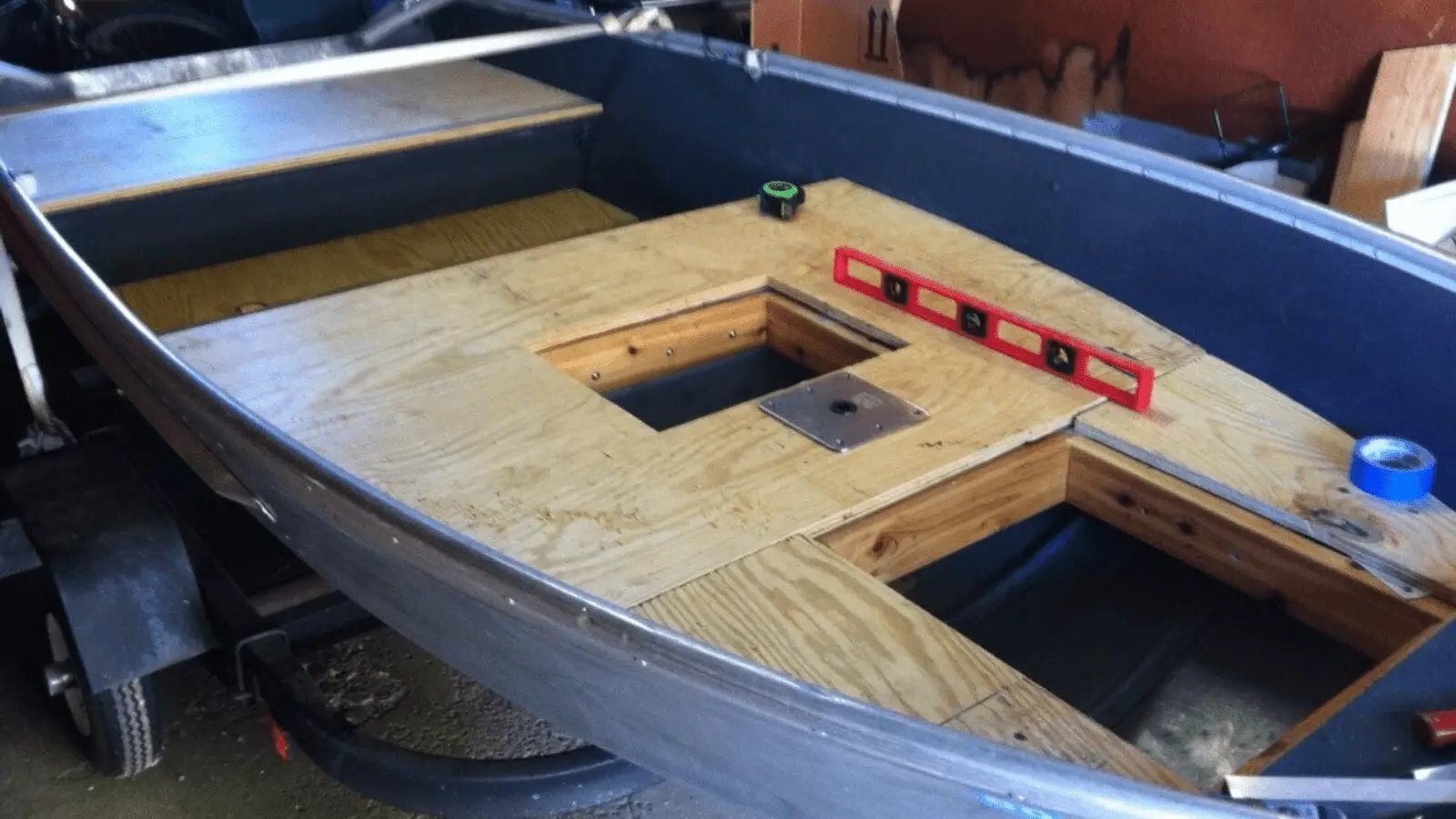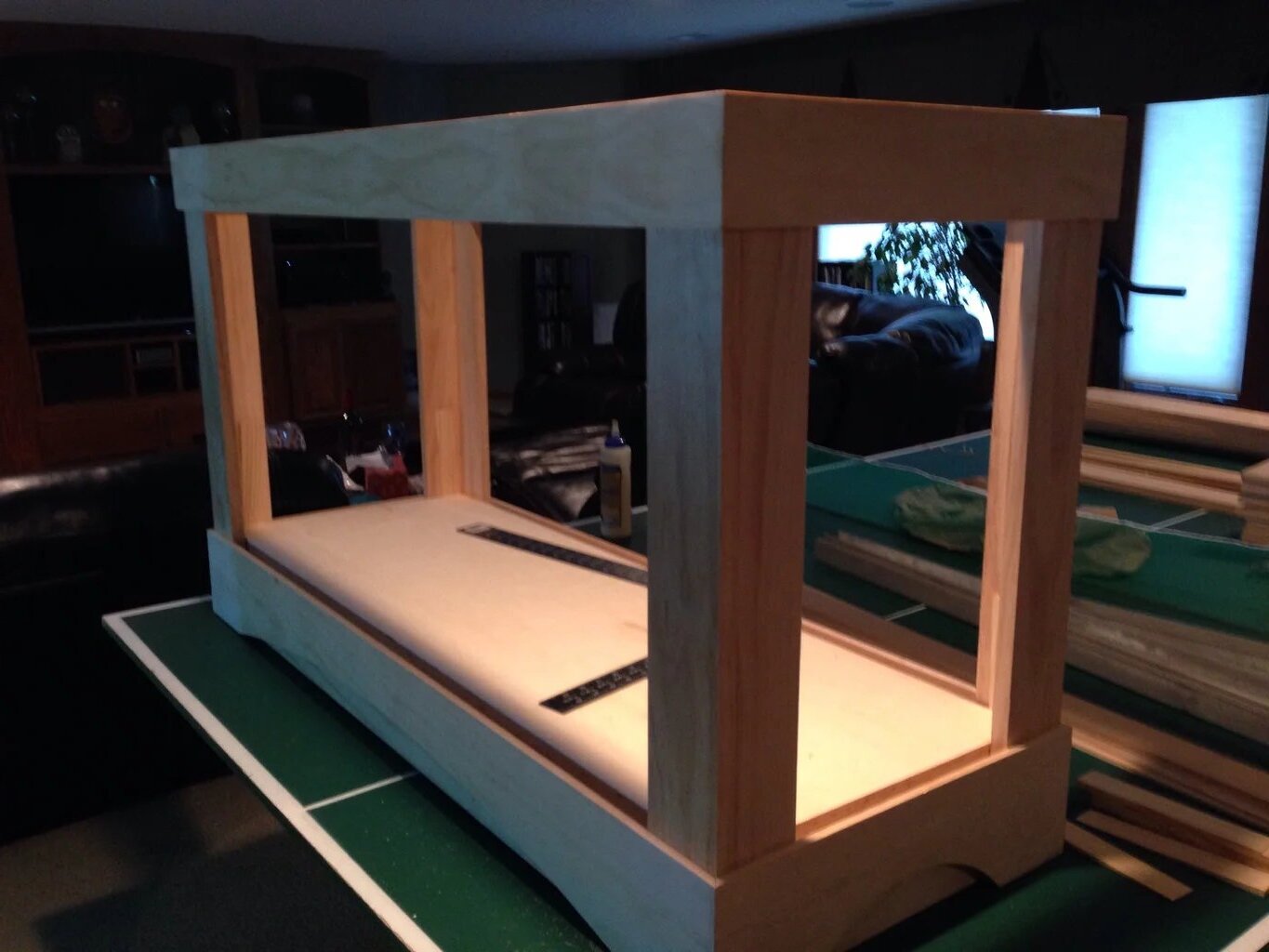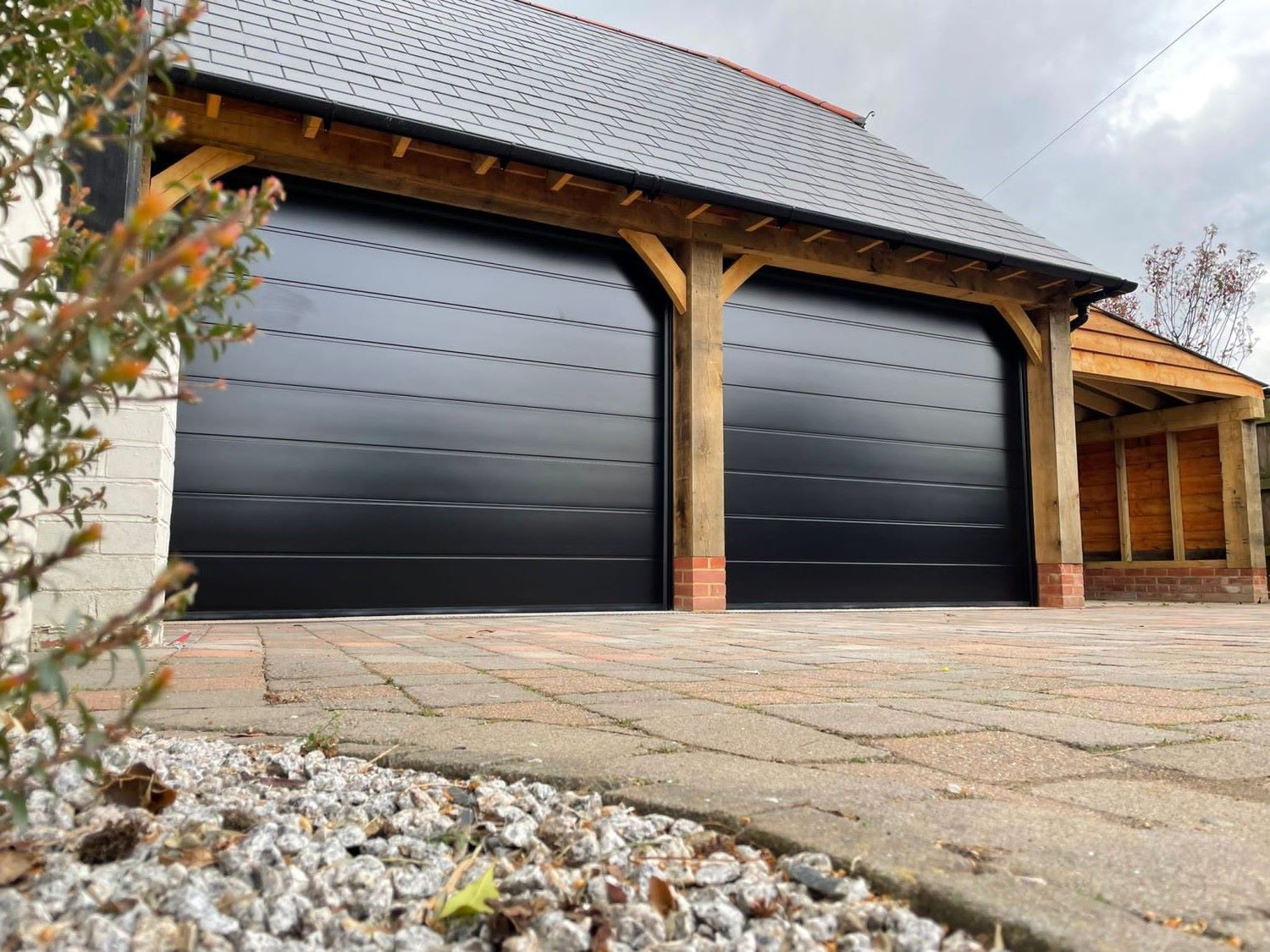Home>Create & Decorate>DIY & Crafts>DIY: Building Fishing Rods – A Step-by-Step Guide
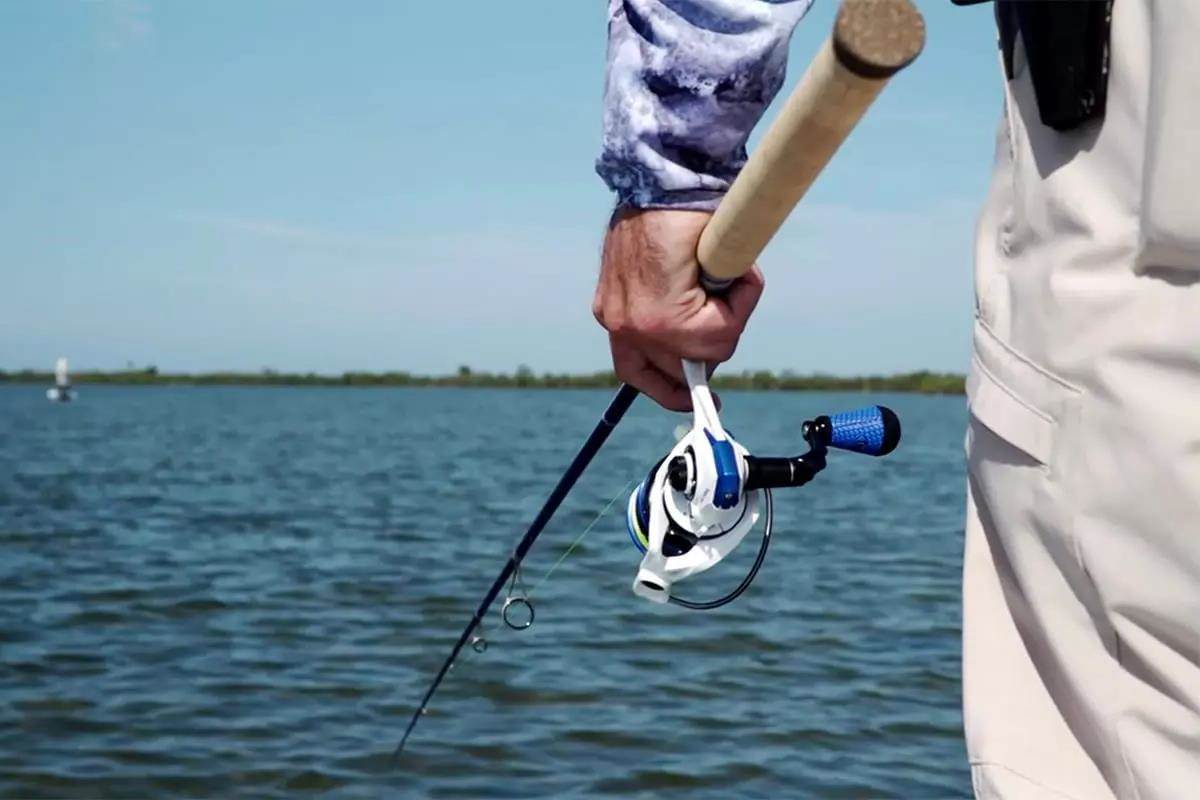

DIY & Crafts
DIY: Building Fishing Rods – A Step-by-Step Guide
Published: June 13, 2024

Content Creator specializing in woodworking and interior transformations. Caegan's guides motivate readers to undertake their own projects, while his custom furniture adds a personal touch.
Learn how to build your own fishing rods with our step-by-step DIY guide. Perfect for craft enthusiasts and fishing enthusiasts alike. Start your next project today!
(Many of the links in this article redirect to a specific reviewed product. Your purchase of these products through affiliate links helps to generate commission for Twigandthistle.com, at no extra cost. Learn more)
Introduction
Are you an avid angler looking to take your fishing game to the next level? Building your own fishing rod can be a rewarding and cost-effective way to customize a rod that perfectly suits your fishing style and preferences. Whether you're a beginner or an experienced angler, constructing your own fishing rod can be a fun and fulfilling DIY project. In this step-by-step guide, we'll walk you through the process of building your own fishing rod, from selecting the right materials to testing and fine-tuning the finished product. So, roll up your sleeves, grab your tools, and let's get started on this exciting journey of creating your very own custom fishing rod!
Read more: DIY Garage Door Fishing Rod Holder
Choosing the Right Materials
When it comes to building a fishing rod, selecting the right materials is crucial for creating a high-quality and durable end product. Here's a list of materials you'll need to get started:
1. Rod Blank
The rod blank is the core of your fishing rod and comes in various materials such as fiberglass, graphite, or a combination of both. Consider the type of fish you'll be targeting and the fishing technique you'll be using to determine the best rod blank material for your custom rod.
2. Guides and Tip Top
Guides are the small loops that run along the length of the rod, guiding the fishing line. They come in different sizes and materials such as ceramic, aluminum oxide, or stainless steel. The tip top is the guide located at the tip of the rod. Choose guides and a tip top that are durable and suitable for the type of fishing line you'll be using.
3. Reel Seat
The reel seat is where the fishing reel attaches to the rod. It's essential to select a reel seat that matches the size and type of your fishing reel. Reel seats are available in various materials such as graphite, aluminum, and stainless steel.
Read more: How to Build a DIY Closet Rod
4. Handle Material
The handle of the fishing rod plays a significant role in comfort and grip. Common handle materials include cork and EVA foam. Consider the ergonomics and durability of the handle material when making your selection.
5. Thread and Epoxy
Thread and epoxy are used for wrapping the guides onto the rod blank and securing them in place. High-quality thread and epoxy are essential for ensuring the guides stay firmly attached to the rod.
By carefully choosing the right materials for your custom fishing rod, you can ensure that it meets your specific fishing needs and preferences. Now that you have a good understanding of the materials required, let's move on to the next step in the rod-building process.
Preparing the Rod Blank
Once you have selected the rod blank that best suits your fishing needs, the next step is to prepare it for the assembly process. Here's a detailed guide on how to prepare the rod blank for building your custom fishing rod:
-
Inspect the Rod Blank: Before starting any work on the rod blank, carefully inspect it for any imperfections, such as nicks, scratches, or uneven surfaces. Sand down any rough spots and ensure that the entire length of the rod blank is smooth and free from defects.
-
Handle and Reel Seat Placement: Determine the placement of the handle and reel seat on the rod blank. Mark the positions where these components will be attached, ensuring that they are aligned correctly for optimal performance and comfort.
-
Trimming and Cutting: If the rod blank is longer than your desired rod length, you may need to trim it down to the appropriate size. Use a rod saw or a fine-toothed hacksaw to carefully cut the rod blank to the desired length. Take your time and use smooth, even strokes to avoid splintering or damaging the rod blank.
-
Applying Epoxy: Before attaching the handle and reel seat, it's essential to apply epoxy to the areas where these components will be mounted. This helps to secure them firmly in place and provides added strength to the rod blank.
-
Aligning Guides: If your rod blank requires guide placement, carefully mark and align the positions where the guides will be attached. This step is crucial for ensuring that the guides are positioned correctly to facilitate smooth line flow and casting performance.
-
Sanding and Smoothing: Once all the components are in place, carefully sand and smooth the areas where epoxy was applied. This helps to create a seamless and professional finish while ensuring that the components are securely bonded to the rod blank.
By following these steps, you can effectively prepare the rod blank for the next phase of the rod-building process. Taking the time to properly prepare the rod blank is essential for creating a custom fishing rod that is not only functional but also aesthetically pleasing. Now that the rod blank is ready, it's time to move on to the exciting process of assembling the guides and reel seat.
Assembling the Guides and Reel Seat
Assembling the guides and reel seat is a critical step in the process of building a custom fishing rod. Proper assembly ensures that the guides are aligned correctly for optimal line flow and casting performance, while the reel seat is securely attached to accommodate the fishing reel. Here's a detailed guide on how to assemble the guides and reel seat onto the prepared rod blank:
-
Guide Placement: Begin by determining the placement of the guides along the length of the rod blank. The number and positioning of the guides can vary depending on the rod length and intended fishing technique. Mark the locations where the guides will be attached, ensuring that they are evenly spaced and aligned for smooth line flow.
-
Guide Attachment: Using a high-quality epoxy, carefully attach each guide to the marked positions on the rod blank. Ensure that the guides are aligned correctly and securely bonded to the rod blank. Take your time during this step to guarantee that the guides are positioned accurately, as they play a crucial role in the rod's overall performance.
-
Reel Seat Attachment: Once the guides are in place, it's time to attach the reel seat to the rod blank. Apply epoxy to the designated area on the rod blank and carefully slide the reel seat into position. Ensure that the reel seat is aligned correctly and securely bonded to the rod blank, as it will bear the weight and stress of the fishing reel during use.
-
Alignment and Adjustment: After attaching the guides and reel seat, carefully inspect their alignment and make any necessary adjustments. Ensure that the guides are straight and evenly spaced, and that the reel seat is positioned securely and in line with the rod blank. Making these adjustments at this stage will prevent issues during the rod's final assembly.
-
Curing and Setting: Once the guides and reel seat are in place and properly aligned, allow the epoxy to cure according to the manufacturer's instructions. This curing process is essential for ensuring a strong and durable bond between the components and the rod blank. Avoid disturbing the rod during this time to allow the epoxy to set properly.
By following these steps, you can effectively assemble the guides and reel seat onto the prepared rod blank, setting the stage for the next phase of the rod-building process. Proper assembly of these components is crucial for creating a custom fishing rod that delivers exceptional performance and durability. With the guides and reel seat securely in place, the next step is to move on to wrapping and finishing the rod.
Read more: How to Build a Bay Window Curtain Rod
Wrapping and Finishing the Rod
Once the guides and reel seat are securely in place, the next crucial step in building a custom fishing rod is wrapping and finishing. This step not only adds a professional and personalized touch to the rod but also ensures that the guides are firmly secured to the rod blank. Here's a detailed guide on how to wrap and finish the rod:
-
Thread Selection: Choose a high-quality thread in a color that complements the overall design of your custom fishing rod. Nylon or silk threads are commonly used for wrapping, and they are available in a wide range of colors to suit your preferences.
-
Thread Wrapping: Start by securing the thread to the rod blank near the base of the guide using a small amount of epoxy. Then, carefully wrap the thread around the base of the guide, working towards the rod blank. Ensure that the wraps are tight and evenly spaced for a professional finish.
-
Color Pattern: If you're looking to add a decorative touch to your custom rod, consider creating intricate color patterns or designs with the thread wraps. This is an opportunity to showcase your creativity and personalize the appearance of your fishing rod.
-
Epoxy Application: Once the thread wrapping is complete, apply a thin, even coat of epoxy over the wraps to secure them in place. Use a small brush or applicator to ensure that the epoxy is distributed evenly and covers the entire wrapped area.
-
Rotating the Rod: To prevent the epoxy from dripping or pooling in one area, rotate the rod slowly as the epoxy sets. This helps to create a smooth and uniform finish while preventing any excess epoxy from accumulating in specific areas.
-
Multiple Coats: Depending on the desired finish and durability, you may opt to apply multiple coats of epoxy over the thread wraps. Allow each coat to cure fully before applying the next one, ensuring that the wraps are well-protected and securely bonded to the rod blank.
-
Trimming and Sanding: Once the epoxy has fully cured, carefully trim any excess thread and sand down the wrapped areas to create a smooth and seamless finish. Take your time during this step to achieve a professional and polished look for your custom fishing rod.
By following these steps, you can effectively wrap and finish the rod, adding a personalized and professional touch to your custom fishing rod. The wrapping and finishing process not only enhances the appearance of the rod but also ensures that the guides are securely attached, ready for the final phase of testing and fine-tuning.
Testing and Fine-Tuning the Rod
Once the custom fishing rod is assembled, wrapped, and finished, it's time to put it to the test and make any necessary adjustments to ensure optimal performance. Here's a detailed guide on how to test and fine-tune your custom fishing rod:
-
Line Installation: Begin by installing the fishing line onto the reel and threading it through the guides. Pay attention to how smoothly the line passes through each guide, ensuring that there are no snags or obstructions that could affect casting and retrieval.
-
Casting Practice: Take the rod to a suitable casting area and practice casting with different casting techniques. Pay attention to the rod's action, sensitivity, and casting distance. Make note of any issues such as rod tip heaviness, lack of sensitivity, or difficulty in achieving the desired casting distance.
-
Flex and Sensitivity: Test the rod's flex and sensitivity by applying varying levels of pressure to the rod tip. A well-tuned rod should exhibit the right balance of flexibility and sensitivity, allowing you to detect subtle bites and movements from the fish while maintaining the strength to handle larger catches.
-
Reel Alignment: Ensure that the fishing reel is aligned correctly with the guides and reel seat. Improper alignment can lead to line twists, casting issues, and increased wear on the fishing line. Make any necessary adjustments to ensure that the reel is positioned correctly for optimal performance.
-
Fine-Tuning Adjustments: Based on your testing and observations, make any fine-tuning adjustments to the rod. This may include repositioning guides for better line flow, adjusting the reel seat for improved balance, or adding additional thread wraps for reinforcement in high-stress areas.
-
Balancing the Rod: Check the overall balance of the rod by holding it at the handle and observing how it feels in your hand. A well-balanced rod should feel comfortable and easy to maneuver, reducing fatigue during extended fishing sessions.
-
Final Testing: After making adjustments, conduct another round of testing to evaluate the impact of the changes. Pay close attention to any improvements in casting performance, sensitivity, and overall feel of the rod.
By following these steps, you can effectively test and fine-tune your custom fishing rod to ensure that it meets your specific fishing needs and delivers exceptional performance on the water. Taking the time to fine-tune the rod based on your testing results will ultimately lead to a custom fishing rod that is perfectly tailored to your fishing style and preferences.


